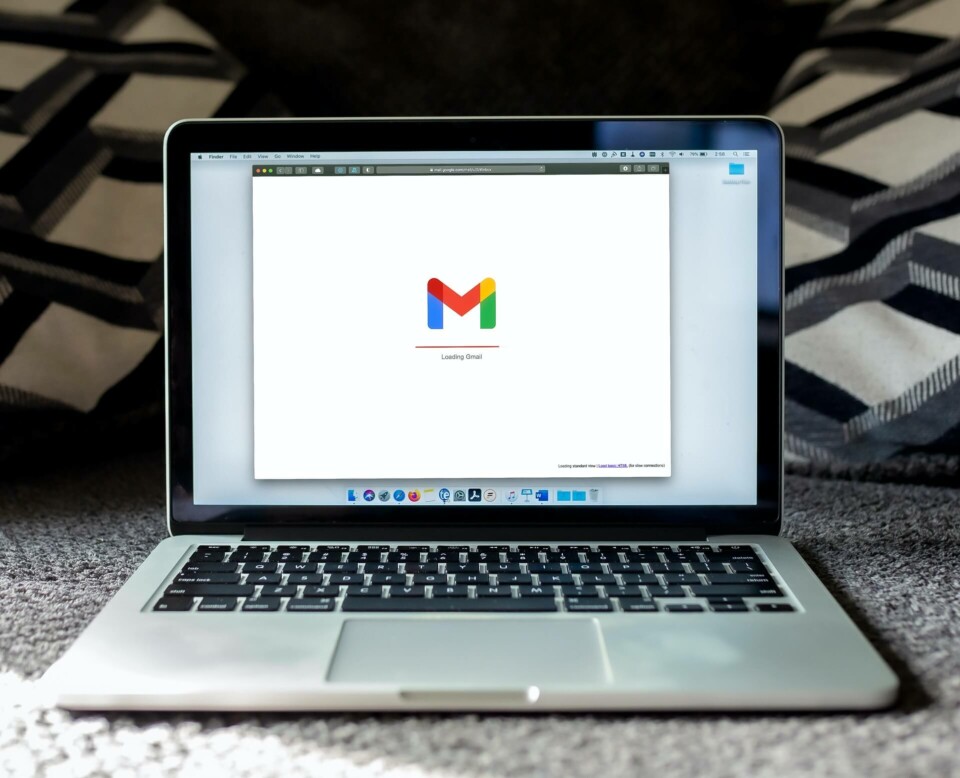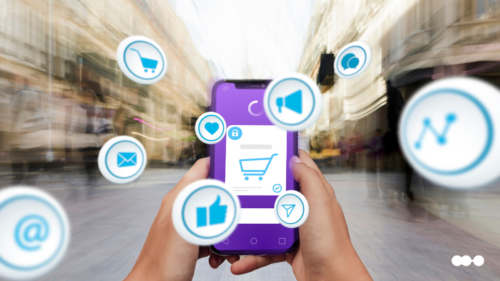ARTICLE SUMMARY
Nowadays it's rare to find someone that don't use emails as the main communication channel at work (almost 270 billion emails are sent daily all around the world). I know (and you know it too), however, that focusing on writing specific things, such as a follow-up email can be challenging (and time consuming).

Nowadays it’s rare to find someone that don’t use emails as the main communication channel at work (almost 270 billion emails are sent daily all around the world). I know (and you know it too), however, that focusing on writing specific things, such as a follow-up email can be challenging (and time consuming).
If you plan in advance, however, you can save a lot of the time you’d spend racking your brain looking for the best way to involve your reader. By taking your time to establish your own writing process, however, you’ll be creating killer follow-up emails in no time.
Why are follow-up emails important?
The first thing you need to know is that the follow-up email is much more than a nice, polite way to keep your buyers involved. More than that, what’s more important than the email itself is the effect it has on the recipient.
This is not about trying to get people interested in your product (which you most likely already have since you’re writing a follow-up email).
You need to make sure you have their absolute attention by reeling them in permanently so they close the deal (and eventually become repeat buyers, who knows?).
To help you achieve this ultimate goal, I’ve gathered a few popular follow-up email tips that’ll help you become a professional email writer in no time.
How to write a good follow-up email
1- Create something that is worth the time people will spend reading
This is the number one rule for writing almost anything. You can write the most amazing follow-up emails but, unless you give people a reason to spend their time reading it, they won’t even bother.
You’re probably wondering: how on earth can I do that? Well, for starters, you must focus on presenting new, interesting information about your product/service. If you’ve already sent previous informative content, for example, focus on exploring features you haven’t mentioned before.
It’s rather naive to assume people will keep reading and responding to your emails without any motivation. Pay attention, though.
You have to give people new, genuinely interesting information.
Trying to approach the same subjects you talked about on your opening email from a different angle is a mistake you don’t want to make.
Plan your communication with prospective buyers ahead so you won’t run out of interesting themes before the buying process has even started.
2- Make your follow-up email about letting people know how you can help
Other than going on and on about how amazing your product is, focus on the recipient’s challenges and how you can help with that. People are more easily involved when they feel like the person in front of the screen took its time to write personalized content focus on their specific needs.
Also make sure to make yourself available at all times. Let the prospective customer know that you’re the go-to person in case they want to know more about a specific feature or have any question about using your product.
By explicitly letting people know they can talk to you whenever they need is a very important move to gain their trust. By the way, only say that if you mean it. Telling people you’ll be there for them when you won’t is a bad move.
3- Say something nice about the recipient
Saying something nice is always…well, nice! You don’t have to get up close and personal in your choice of compliment, though. Keep it strictly professional, after all it’s a business follow-up email.
Compliments about the person’s company/product are always a great way to warm things up and break the ice. It’s also one of the safest, most guaranteed ways to get people’s attention by showing that you care.
4- Keep the recipient interested
Make absolutely sure that each email contains information that’s genuinely new and interesting. Try to learn more about each recipient so that you’ll find the best way to approach each subject in a way that’s interesting to them.
You’re way more likely to grab people’s attention by presenting a solution to a problem than have than by presenting each of your features in generic terms. Find out what your customer’s pain points are and how you can help overcome them.[
It’s also essential that you remain consistent. Establish the main subject for each follow-up email and stick to it. Don’t try to approach many different subjects in a single email, though. This will most likely make the recipient lose focus (and we don’t want that). Keep your eyes on the prize!
5- Don’t be too forward/pushy!
Always remember why you’re writing each follow-up email. You didn’t get the deal yet. You need to make sure you have the recipient’s attention and get them interested in your product before suggesting next steps.
This is another one of those times when planning ahead gets you some bonus points. Create a smooth flow of information that’ll gradually reel people in and help close the deal.
By being overeager you’ll risk making people feel cornered. You’ll most likely look money hungry or even desperate to close a deal. This is one of the worst things you can do and one of the easiest way to lose people’s interest.
Take your time. Build a relationship organically without pushing things to go faster than they naturally would. Timing is everything so make sure you don’t jump the gun before the time is right!
6- Make things personal
This is one of the most important customer service principles. Don’t write generic follow-up emails and expect them to work like a charm. The more personal you make your communication, the grater the odds of it being effective.
As I’ve mentioned a couple times before, build the relationship at its own pace. Don’t push things! Let people know you care by talking about how your product can help them personally.









